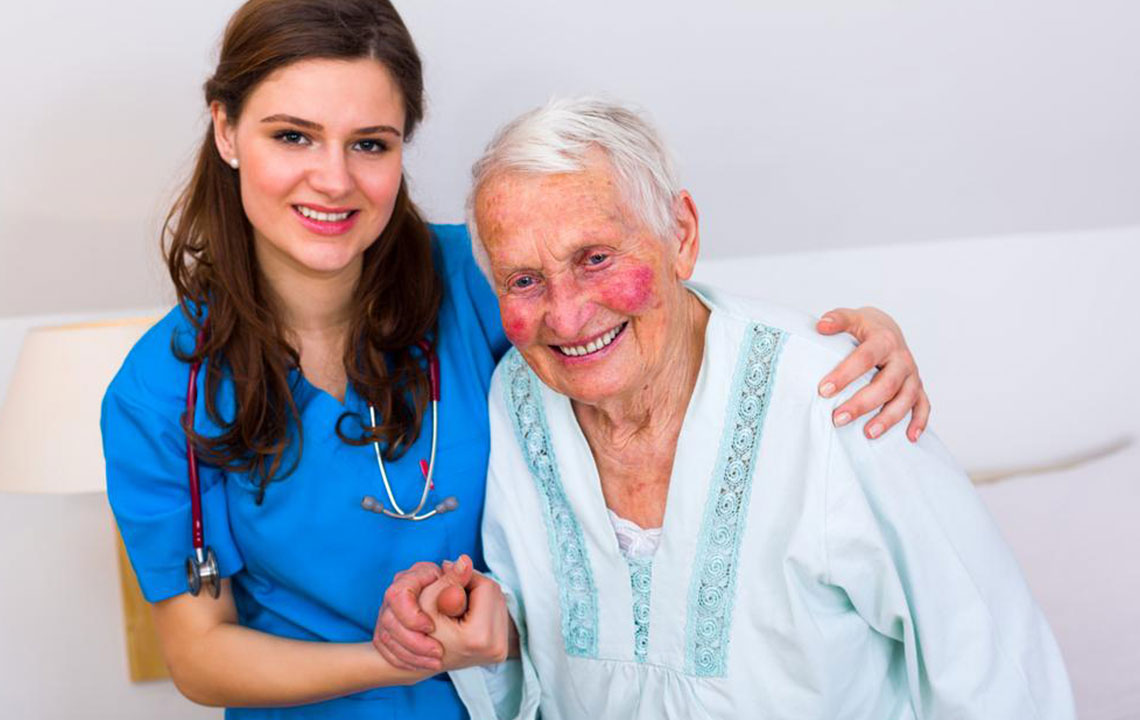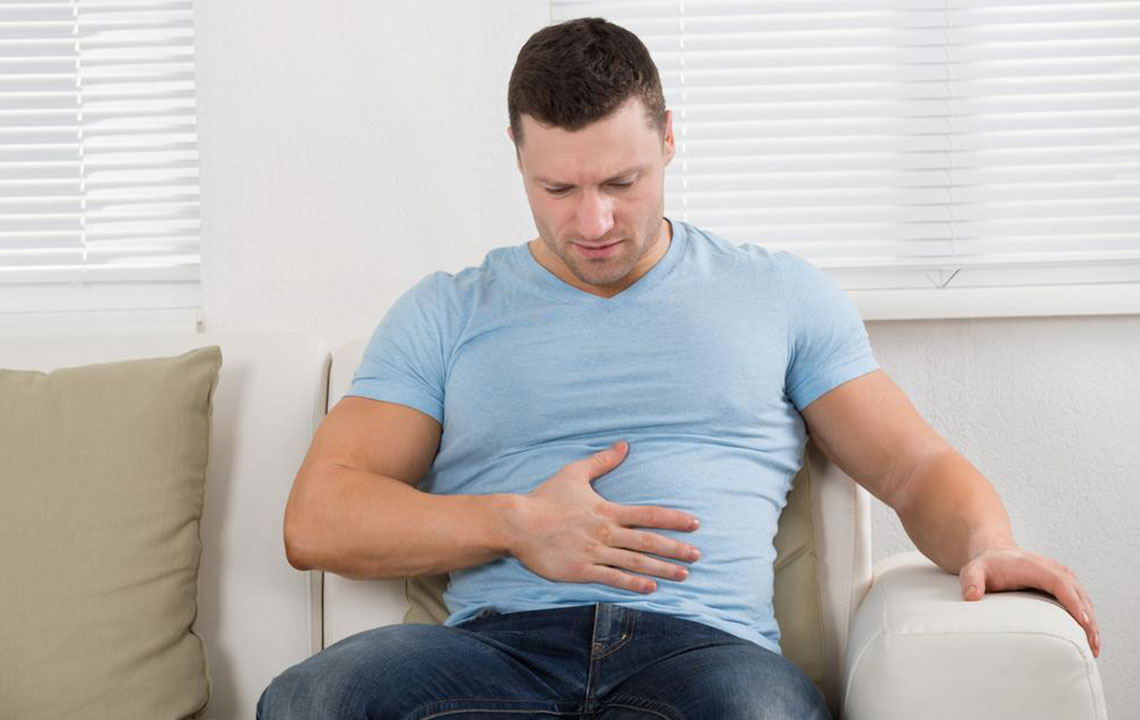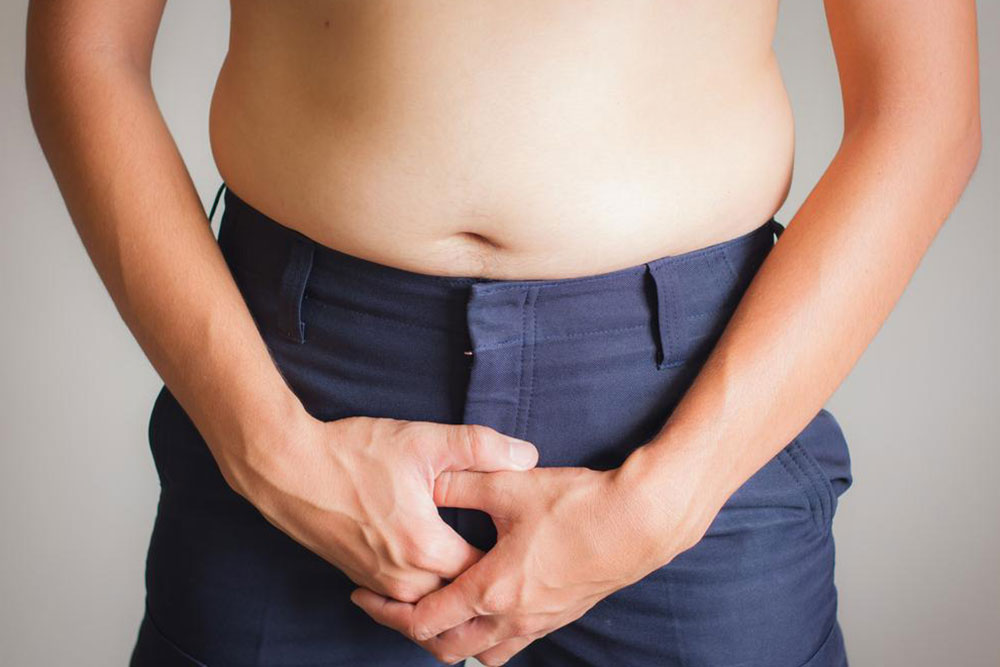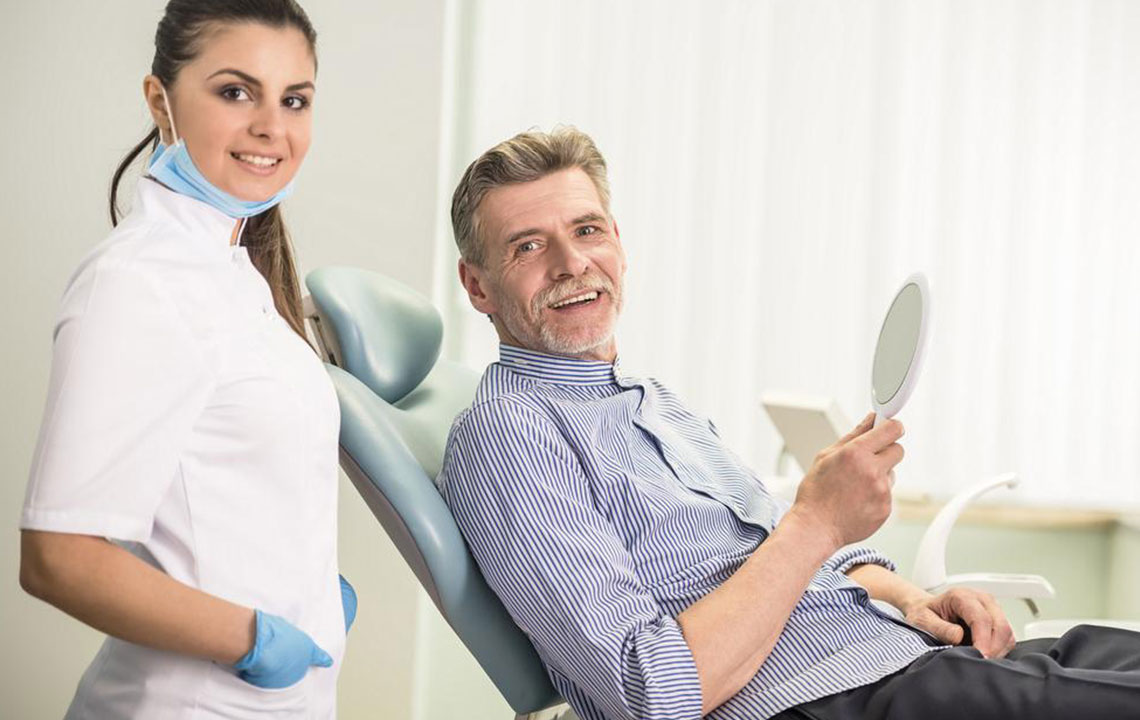Understanding Types and Treatments of Incontinence in Seniors
This article explores senior incontinence types and treatment options, including physiotherapy, medication, devices, and surgeries. Emphasis is placed on managing symptoms and maintaining skin health for elderly patients. Understanding these approaches can significantly improve quality of life for those affected.

Understanding Types and Treatments of Incontinence in Seniors
Incontinence in older adults is often linked to age-related disabilities, making it a common concern. Conditions such as impaired mobility, vision problems, dementia, depression, and reduced manual dexterity can delay reaching the bathroom or undermine the ability to undress quickly. Managing this involves a dual approach: physiotherapy and exercises to address functional issues, and the use of highly absorbent adult diapers. For severe cases, urinary catheters may be used to collect urine.
Mixed incontinence involves simultaneous stress and urgency-related leakage. Treatments include medications like anticholinergics that calm the bladder, as well as medical devices such as urethral inserts, pessaries, Botox injections, and nerve stimulators. Surgical options, like sling procedures and bladder lifts, are considered when conservative methods fail. Proper hygiene is vital to prevent skin infections and maintain skin integrity.










